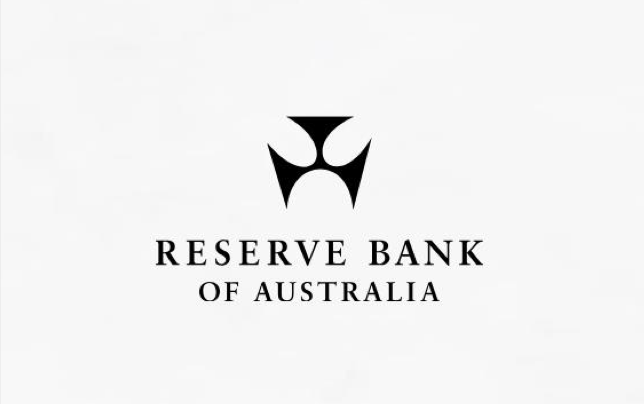
Measuring Your Financial Health Beyond The Credit Score
TechCrunch: The credit score has become a ubiquitous way to assess someone’s credit-worthiness. It is used in a host of underwriting decisions and background checks, from mortgages to auto to business loans, apartment rentals and even employment candidacy.
But credit scores are not a prevalent factor in peoples’ daily financial habits. Why?
Many of us don’t have scores. Experts estimate between 26 million and 64 million “credit invisibles” in the U.S. Not having a score is costly — according to the Credit Builders Alliance, people with low or no credit scores may pay $200,000 more in financial products and services over a lifetime compared to people with good credit scores. In total, people who use high-cost credit options can end up paying more than $103 billion in additional fees and interest each year.
Many of us do not know our scores. A recent national survey by the Center for Financial Services Innovation (CFSI) found just under a fifth of Americans did not know their score, did not know they had a score or were inaccurate in their perception of it. The study also showed that while 86 percent of scoreable respondents who said they had excellent credit actually did, only 27 percent of scoreable respondents who reported they had fair credit actually had a VantageScore score in that range.
Most of us can’t articulate the financial impact credit scores have on our lives. How much would you guess the difference between a 760 FICO score and a 620 FICO score costs over a 30-year $100,000 mortgage? $690? $6,900? $69,000? The answer: It’s almost $200 per month, or about $69,000.
These factors are costly to consumers, and they represent missed opportunities for financial services providers.
We can do better.
Credit scores, at their core, are meant to help financial services providers understand the likelihood of loan repayment. Yet Americans consumers today have much more complex financial lives than can be captured or understood by a single score. And smart providers are already using a richer toolbox of data and analytics to understand repayment patterns.
There is an opportunity for scoring to include more people and more financial transactions, and for scores to be used by consumers as well as providers for a host of credit and non-credit decisions. That opportunity starts with designing with the customer in mind. It includes creating shared value in tracking, maintaining and building true financial health — not simply coaching customers to improve their scores at a few, discrete moments when credit checks are necessary.
This opportunity moves us beyond the credit score to a more nuanced, shared measurement of peoples’ financial health. In this view, traditional credit scores are but one indicator of overall well-being. But there are other measurements that also matter to both consumers and providers. How are people doing managing their daily finances? Do people use systems and products that make them resilient to unexpected financial challenges? Are people able to achieve major financial objectives — such as buying a house or retiring comfortably?





